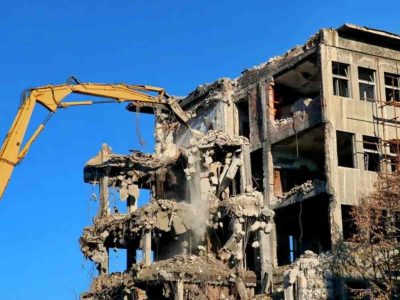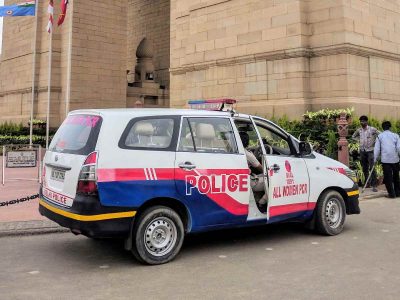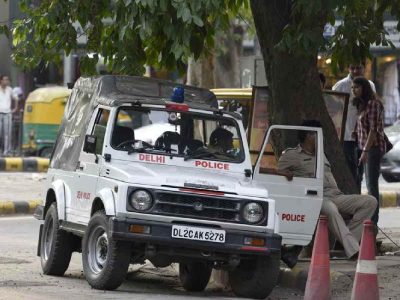Delhi experienced another morning shrouded in toxic air on Wednesday, with the Air Quality Index (AQI) reaching a “severe” level of 426. This came after the city recorded its coldest night of the season, with the temperature dropping to 11.1°C, as per the India Meteorological Department (IMD).
Also read: Delhi police arrest Chinese national in Rs 100 cr cyber fraud case
Dense fog coupled with the temperature drop reduced visibility to 500 metres by 8:30 am. The IMD has predicted persistent dense fog throughout the day. Morning humidity levels stood at 84%, with a maximum temperature of 25°C expected.
According to the Central Pollution Control Board (CPCB), the AQI reading at 9 am on Wednesday confirmed hazardous conditions. An AQI of 400 or higher is deemed “severe,” posing health risks to both healthy individuals and those with medical conditions. Of the 38 monitoring stations in Delhi, all but one showed “severe” air quality, with Lodhi Road being in the “very poor” category.
The city’s air quality first crossed into the “severe plus” category on Sunday, prompting the implementation of Stage IV restrictions under the Graded Response Action Plan (GRAP) from Monday. Measures include a ban on construction and demolition activities and the suspension of physical classes in schools.
Additional restrictions imposed by the Commission for Air Quality Management (CAQM) include a ban on diesel light motor vehicles (except BS-VI and essential services) in Delhi and neighbouring NCR districts. Diesel-powered medium and heavy goods vehicles, except those carrying essential goods, are also barred. Only CNG and electric trucks are allowed, with exceptions for emergency services.
Also read: Delhi’s anti-pollution measures cause livelihood crisis for daily wage workers
The GRAP, introduced in 2017, classifies air quality into four stages: Stage 1 (“poor,” AQI 201-300), Stage 2 (“very poor,” AQI 301-400), Stage 3 (“severe,” AQI 401-450), and Stage 4 (“severe plus,” AQI above 450).
(With inputs from PTI)





